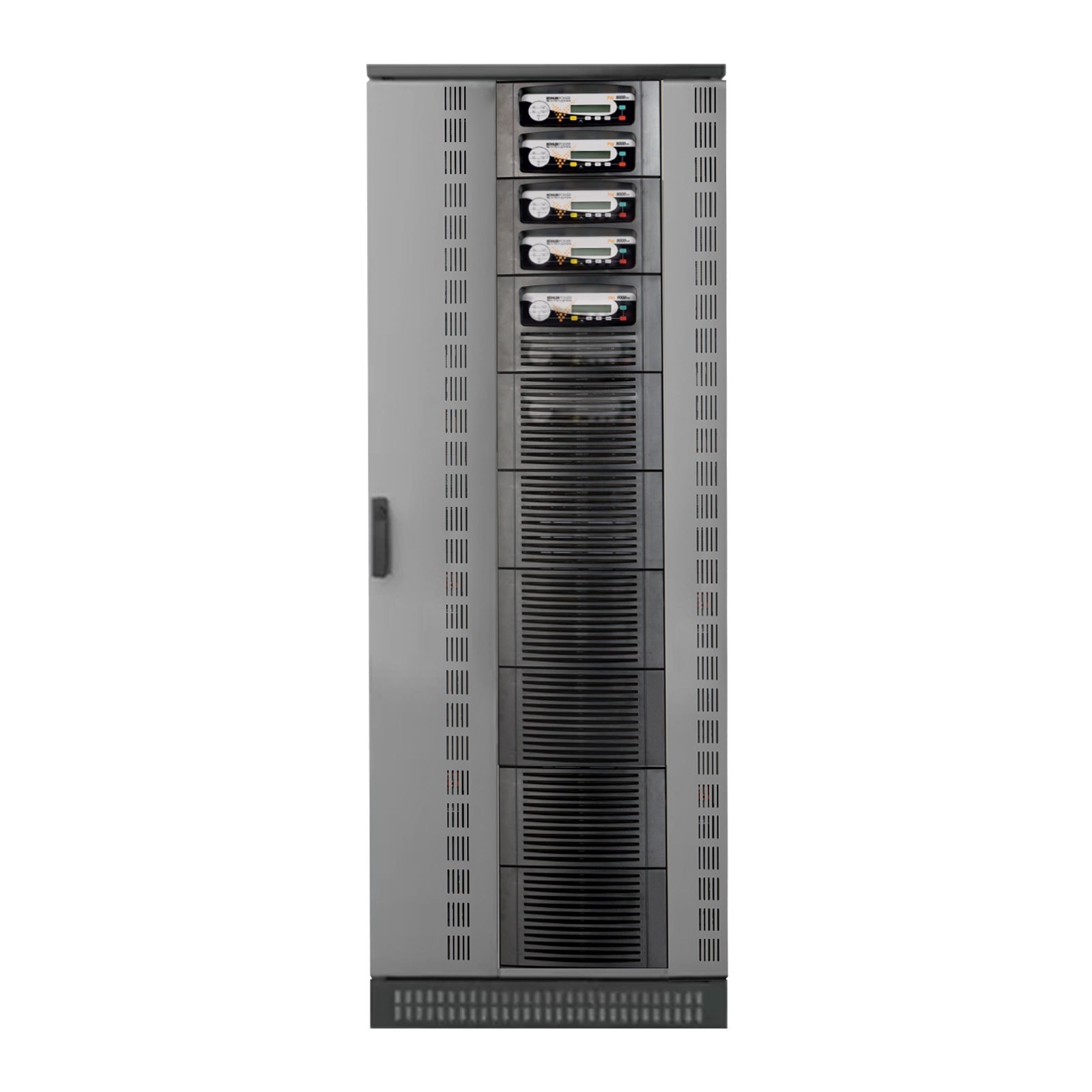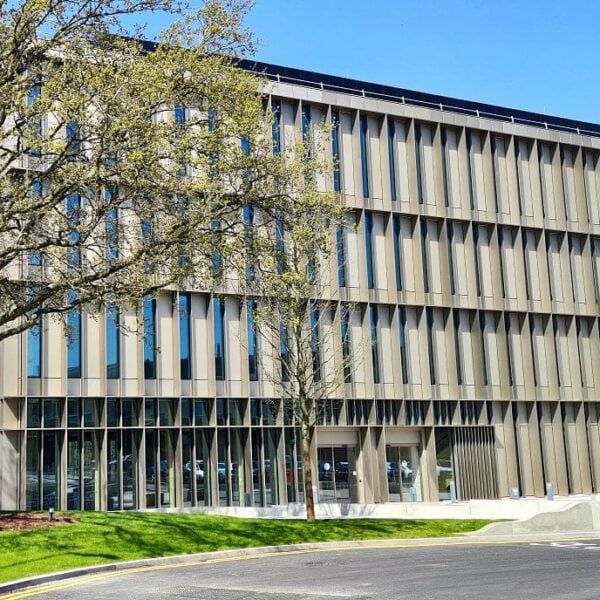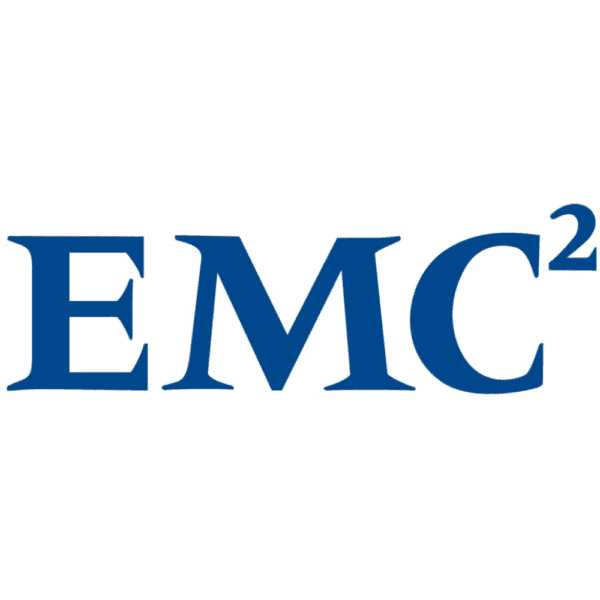Sleek Networks’ decision to choose an advanced modular UPS pays dividends, now and in the future
When hosting company Sleek Networks created a new Tier III data centre in late 2009, it chose Leeds, West Yorkshire, as its base – proactively advocating that London is not the only place to source quality hosting. For its fast-growing business, it based critical power protection on the PW 9000DPA from KOHLER Uninterruptible Power (KUP) – an advanced system which offers flexible system expansion, in incremental steps. Nick Williams, Co-Founder and Director of Sleek Networks, takes up the story:
“The modular solution we chose saved us having to spend a large amount of capital on power protection on day one and yet gave us the high availability our customers demand.
“We also deliver our service using advanced server hardware and that requires a clean and stable power supply. The product KUP recommended utilises inbuilt filters and rectifier technology to ‘condition’ the current and deliver a stable output. Crucially, however, it is also truly modular, giving us the flexibility to increase capacity and grow the system in-line with our changing requirements. We looked at other solutions but didn’t find any as suitable as this.”
Initially, Sleek Networks bought a cabinet and installed one 50kVA module, which, a short time later, was increased to 100kVA by simply slotting another 50kVA module into the cabinet. The company is now just about to increase its protection to 150kVA, with another 50kVA module – and within 18 months will install a second cabinet, taking potential capacity to 500kVA.
The beauty of true modular technology is that it offers a ‘pay as you grow’ approach to system expansion – ideal for users like Sleek Networks, where growth is fast but future requirements are unpredictable. It consists of a single ‘server style’ rack cabinet in which one to five UPS modules (ranging in size from 10-50kVA) can be slotted to offer a maximum of 250kVA per cabinet. Each module is ‘hot-swappable’, which means it can be isolated, taken out and replaced should it develop a fault or require routine maintenance – a feature that substantially reduces meantime to repair (MTTR).
“The modular solution we chose saved us having to spend a large amount of capital on power protection on day one and yet gave us the high availability our customers demand.”
Nick Williams, Co-Founder and Director of Sleek Networks
“The KUP system kicked in straight away and within ten minutes standby power had been transitioned seamlessly to our onsite – none of our customers was ever aware that there had been a power cut.”
Why DPA – Decentralised Parallel Architecture?
Parallel UPS, whose modules share no common components, are described as having Decentralised Parallel Architecture (DPA), as opposed to CPA – Centralised Parallel Architecture. The system installed by Sleek Networks fully utilises the benefits of DPA technology, which offers extremely high availability (up to six nines – 99.9999%) as there are effectively no single-points-of-failure. In installations as critical as this, it is almost always the preferred choice.
“We’ve incorporated redundancy into everything – air-conditioning, security, UPS – we even have three resilient data connections from different telcos.” Explains Williams. “Our new custom-built, facility in Leeds was completed in August and we already have a excellent number of customers using our hosting services. The site was deployed on time and on budget and built within six months. We’ve used the latest technologies such as PW 9000DPA, which offer super green credentials and reliability, and Stulz N+1 Environmental Air-cooling alongside a Rack ‘Cold-Aisle Containment’ system.
“Concurrently, we rolled out our new VPS cloud platform at the new Leeds facility making use of NetApp SAN storage. All-in-all, a busy few months but it puts us in a good position to provide the portfolio of data centre, hosting and network services our customers demand. Most importantly, it’s all built, maintained, managed and owned by us.”
The new UPS system has already been called upon, when, in December 2009, much of Leeds was rendered powerless by a 25-minute utility power cut.
“Downtime for that length of time would have destroyed us” declares Williams. “The KUP system kicked in straight away and within ten minutes standby power had been transitioned seamlessly to our onsite – none of our customers was ever aware that there had been a power cut.”





